While I much prefer a medium-sized pistol for everyday carry and three seasons of the year, humid weather changes everything. When shorts and t-shirts are the uniform of the day, a small handgun gets the call.
Make no mistake, small handguns are more difficult to shoot to a high standard than service-size or compact pistols. A shorter grip frame, abbreviated sight radius along with increased perceive recoil and muzzle flip can make shooting those little blasters a challenge.
Additionally, until fairly recently, the reliability of small autoloaders was suspect. However, the rise of reliable micro-pistols like the Hellcat changed all that. Unlike the pocket pistols of old, the new generation of micro-pistols has proved as reliable as a Maytag washer. Considering you might be betting your life on it, reliability is at the top of the list with any handgun carried for self-defense.
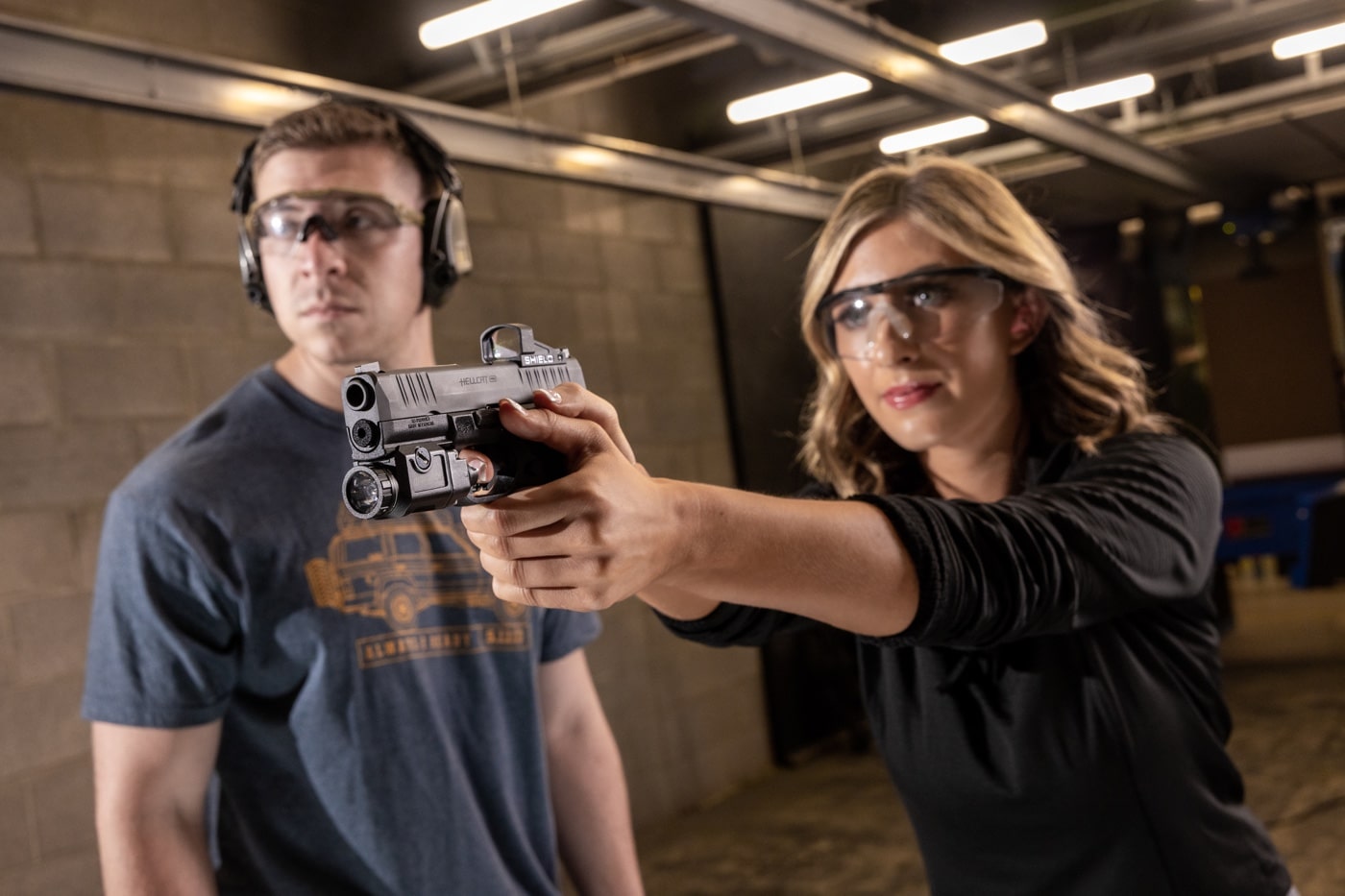
A while back, I picked up a Springfield Armory Hellcat OSP, which has proven to be a very reliable pistol. The Hellcat boasts a generous 11-round flush-fit magazine, is chambered for the world-standard 9mm cartridge, and its small size makes it perfect for discreet carry.
At that time, I was taking a cautious approach to red dot sighting systems and I was curious to see if going that route with a small, hideout pistol would help my cause in any way. Truth be told, getting that red dot sight thing down was a steep hill for me to climb as an iron sights enthusiast, but after working it a bit I have made considerable progress. (To learn more about Boyle’s thoughts on this subject, click here.)
Gunfight Realities
Serious students of personal defense recognize that in the overwhelming majority of instances where one has to use a handgun to defend their life, three conditions are typically in play. Specifically, the distance between you and your adversary is short, light conditions are less than optimum, and once the shooting starts the action is very quick. This is true of both law enforcement officers and armed citizens.

Poor light might suggest that an illumination source might be useful to determine if your adversary does indeed pose a threat to your life, or to — ideally — avoid the situation entirely. Because a great many of these situations unfold at close range, perhaps even inside personal space, some people argue that lights and the type of sights on your handgun don’t really matter and point shooting will get you through.
That may be true in a great many situations, but I wouldn’t bet the mortgage on it. Consider the fact that even though the threat may only be a dozen feet away, what if he is only partially exposed from cover or that an innocent bystander is in very close proximity that might not have seen? I don’t know about you, but I want to be the best I can be in order to make the right decision. Sights I can pick up in a hurry give me that capability.
You Need a Light!
If you wear a handgun to maintain your safety, you also need to carry a light. I would submit that most of us will make use of a light on a regular basis, but the need to apply your pistol to a problem is very rare. I’m not suggesting you shouldn’t carry a handgun, but I think of them in the same light as the seatbelt in my vehicle. Better to wear it and not need it, then need it and not be wearing it!
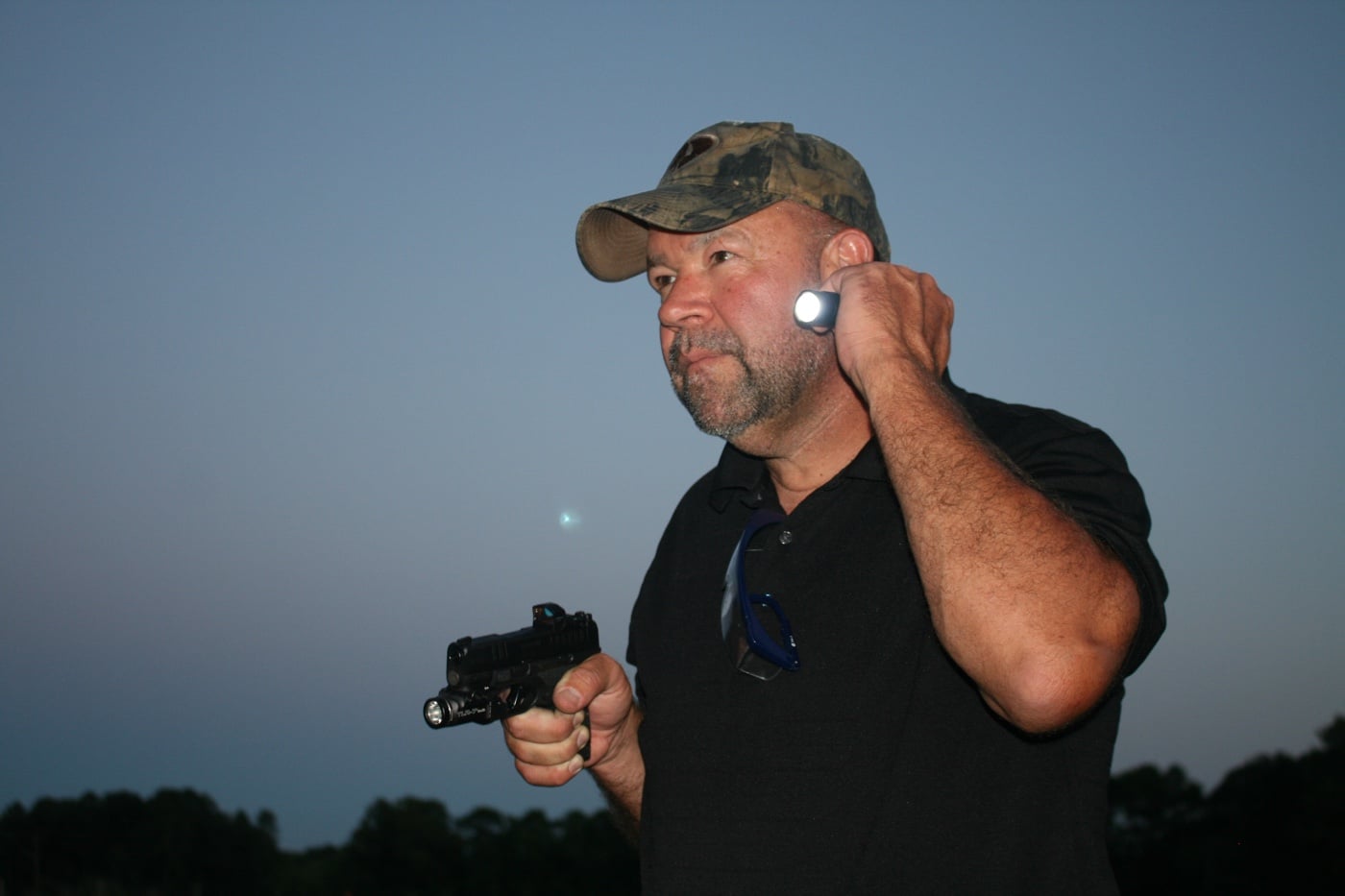
Lights do, in fact, help us make informed decisions. A light source will also help you navigate in the dark, assess potential threats, disrupt the night-adapted vision of an aggressor and, if necessary, shoot with greater precision.
As a working law enforcement officer, a light was an indispensable tool I used throughout my career. I discovered early on that putting light on a potential problem kept the “maybe” people in check and prevented them from doing something really stupid.
Clearly, a light in the hands of an armed citizen fills a somewhat different role as you will not be conducting car stops or searching buildings and outdoor spaces. But threat assessment and conflict avoidance are still at the top of the list.
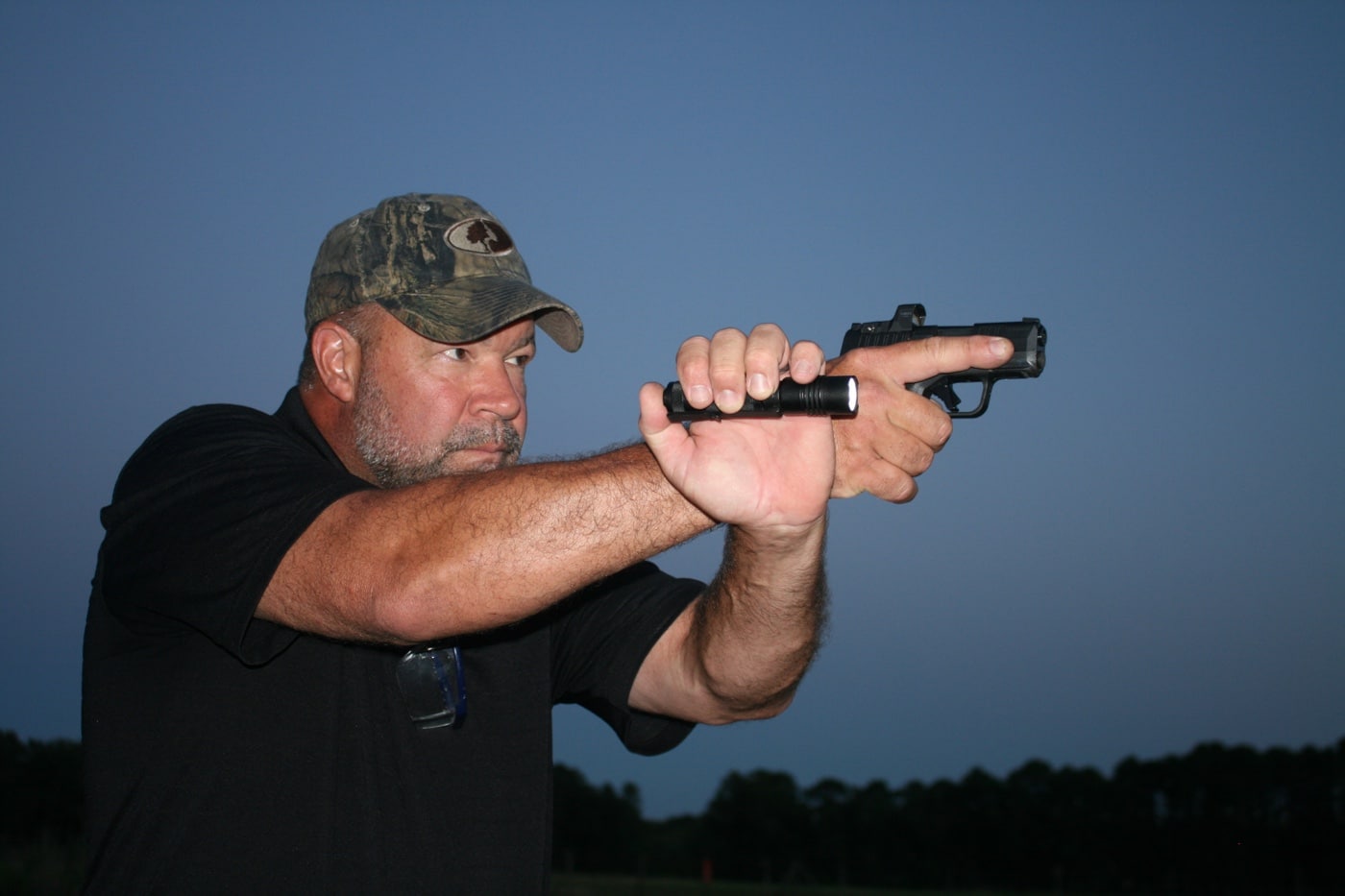
Today, we are blessed with a wealth of small yet powerful flashlights that can be carried anywhere. Examples such as the Streamlight Wedge and Surefire Stiletto can be slipped into a pocket and forgotten until needed. They may not be the best choice as a primary light to fight with, but they are especially handy.
Of late, I have come to prefer Streamlight’s PROTAC 2L-X USB, which throws an intense beam of white light yet can be clipped to the pants pocket for easy carry.
Where Do Weapon-Mounted Lights Fit?
In the late 1990’s, the manufacturers began turning out pistols with integral rails for the easy fitting of a light. What was once viewed as exotic soon became mainstream and, over time, we have witnessed the introduction of light-bearing holsters — even sub-compact and micro-size pistols with rails. But should you fit your discreet carry pistol with a light?
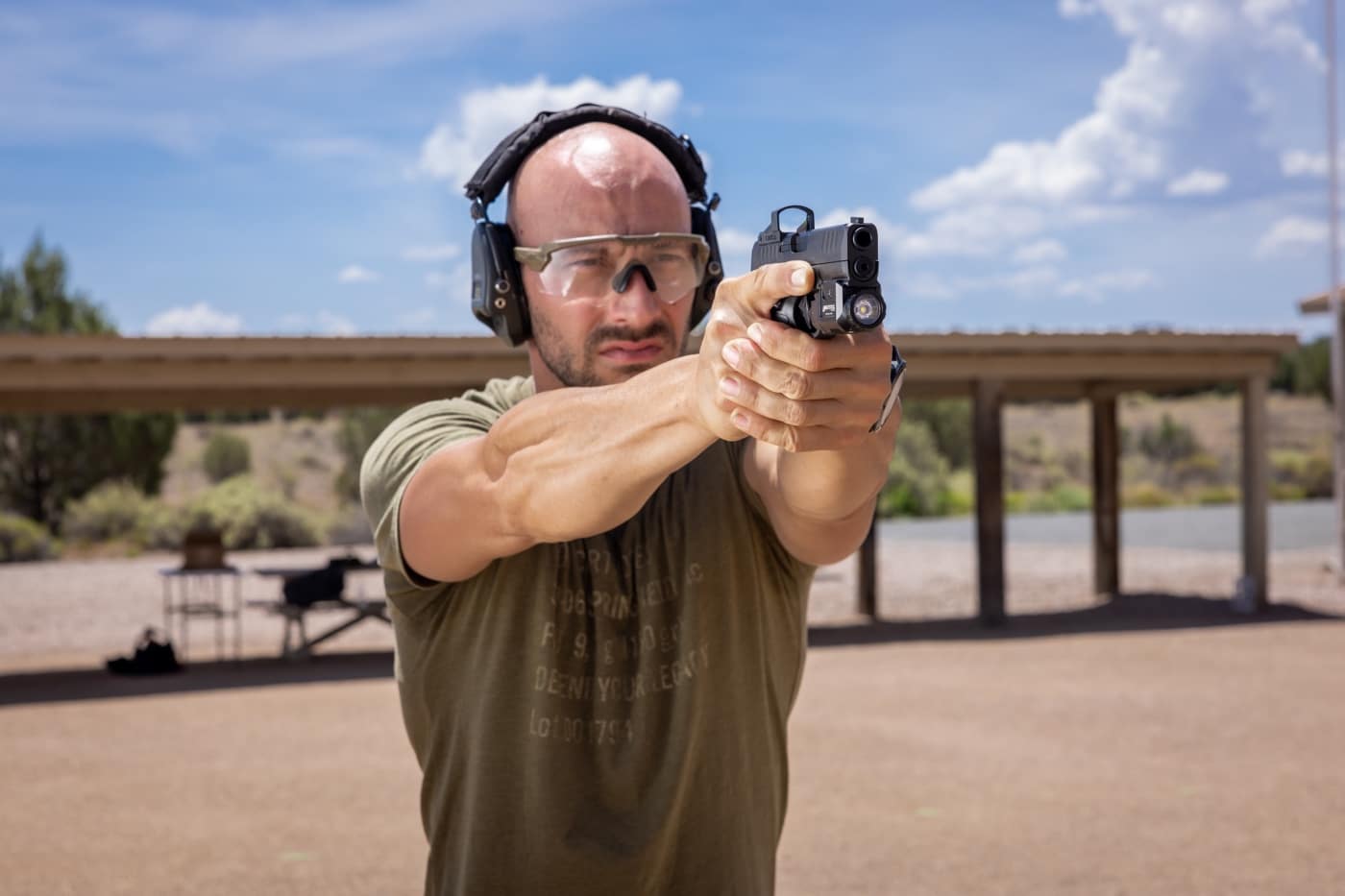
Weapon-mounted lights (WMLs) bring a number of advantages to the table. The primary benefit is that the light is now automatically aligned with the muzzle of the gun.
Even on the sterile range, many users have a tough time using a flashlight in concert with their pistol. Should you put them in a more stressful situation, the ship could very well go up on the rocks. A weapon-mounted light solves much of that problem.
Another big plus is that basic operational skills are much simpler. Getting into action with a pistol along with a handheld light in a hurry can be a challenge if you don’t practice. A weapon-mounted light makes this process significantly easier. Should you have to reload, it’s pretty much business as usual with a WML-equipped pistol. Much the same can be said for the clearing of stoppages.
But like many things in life, there could be a downside. Adding that weapon-mounted light makes your carry package bigger and harder to hide. It may also limit what type of holsters you can utilize, as some styles do not lend themselves to a weapon-mounted light.
Bear in mind that WMLs are threat-management tools and not utility tools. Quite simply, you cannot use a WML for routine searching and probing as the muzzle of your gun will go in areas it shouldn’t or be put on a target it shouldn’t. If you go with a WML, you still need to carry a handheld light.
Range Impressions
I have been shooting service-size pistols with weapon-mounted lights for over 25 years and have become a believer. Until fairly recently, I had not given much thought to applying that same technology to a small carry pistol, but more and more pistols with WMLs began appearing in my classes.

To remain relevant, I obtained a Streamlight TLR-7 Sub as well as a Streamlight TLR-8 Sub with a laser aimer, which are specifically designed for micro-pistols such as the Hellcat OSP. The amazing part is that the downsized illuminators in these units put out 500 lumens of white light, a level far beyond that obtainable a few short years ago with larger lights. I was curious to see what, if any, advantage they held in some fast-paced shooting at typical combat distance in poor light.
My approach to this could not be categorized as scientific, but I wanted to see if my speed and hit potential improved when using the WMLs. A steel silhouette was placed 7 yards away, and I fired a series of singles and pairs to critique my performance. Federal BallistiClean frangible ammunition was utilized, and all firing was done from a ready position.
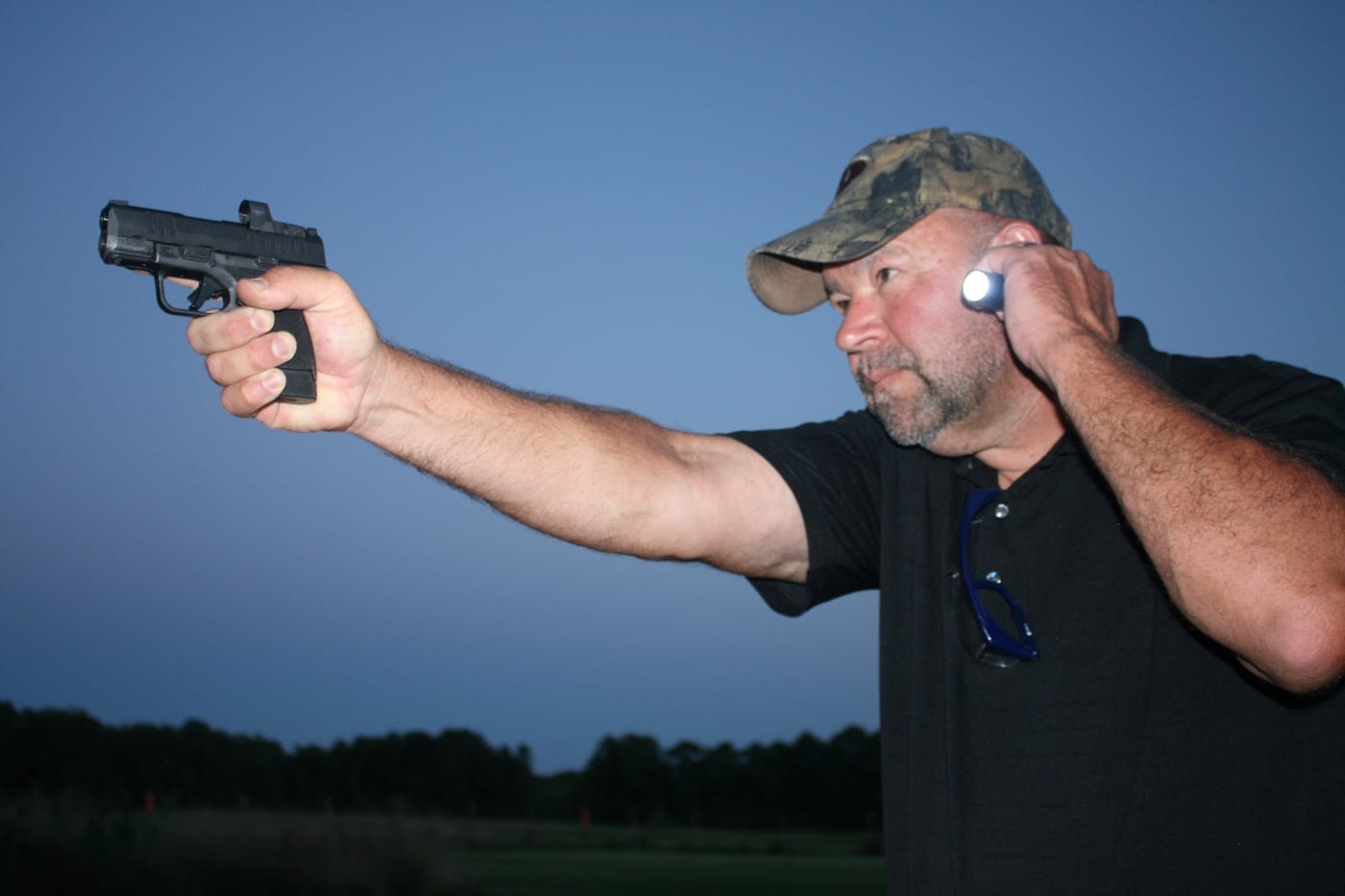
First up, I used my hand held Streamlight PROTAC 2L-X USB held in a hands-apart neck index, which is my preferred flashlight-assisted shooting technique. I did note that taking a higher anchor point at eye level prevented light from bouncing back off the optic and still enabled me to get a good index on the target. I found I could shoot a tad faster using a hands-together Harries technique, but I don’t feel this is a realistic choice for fast, close-range shooting, particularly for the armed citizen.
Moving on to the TLR-7 Sub, I felt I was going considerably faster with good hits. This is hardly surprising, as I had both hands on the gun. With the TLR-8 Sub, I felt like I was cheating. The red dot from the laser proved faster for me to find than that from the optic, and for me it was the clear winner.
Sorting It Out
My informal test did illustrate that the Streamlight additions did afford a slight advantage. But what if anything does it prove in the real world? Ultimately, you are going to have to make that decision. It does in fact make your carry package bigger however, that can be mitigated with an IWB holster.
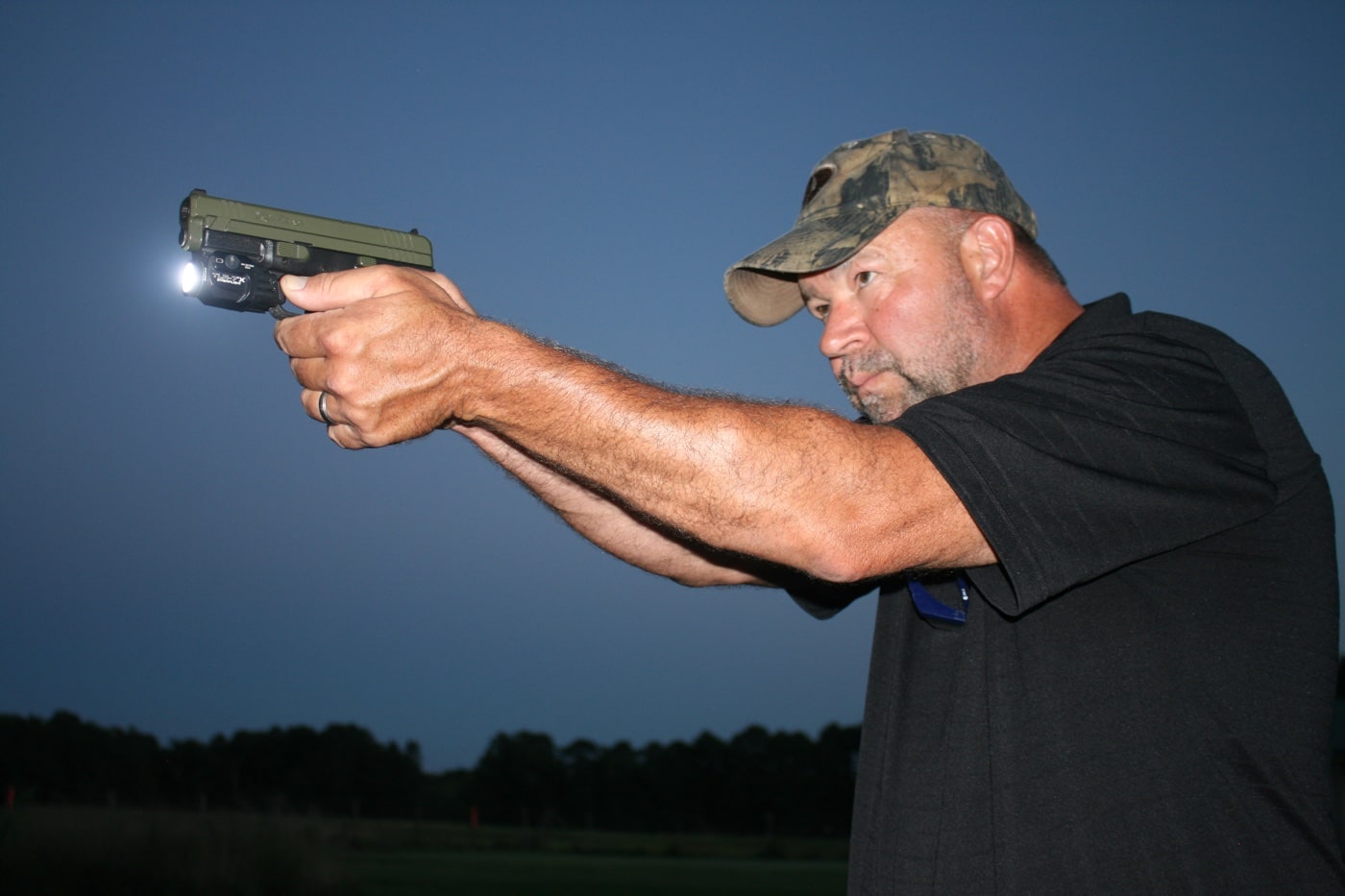
And of course, there is the element of cost. Is it worth it? Quality illuminators from reputable firms such as Nightstick, Streamlight and Surefire cost more than a few bucks.
I remain very impressed with the capabilities of the Hellcat with the Streamlights. One of the obstacles to white light/laser combos has long been finding a suitable holster. Muddy River Tactical turns out some great Kydex holsters for a fair price, and I struck gold with their OWB holster to accommodate my Hellcat OSP with the TLR-8 Sub.
Conclusion
So, what’s it going to be? For me, I’m looking forward to some more range time to work out a few kinks. Affixing a weapon-mounted light to your micro-pistol does indeed enhance your capabilities, but it may further compromise concealment or limit holster options. But, if you do your homework and make a realistic assessment of your needs, you will no doubt come to the right decision.
Editor’s Note: Please be sure to check out The Armory Life Forum, where you can comment about our daily articles, as well as just talk guns and gear. Click the “Go To Forum Thread” link below to jump in and discuss this article and much more!
Join the Discussion
Featured in this article
Read the full article here



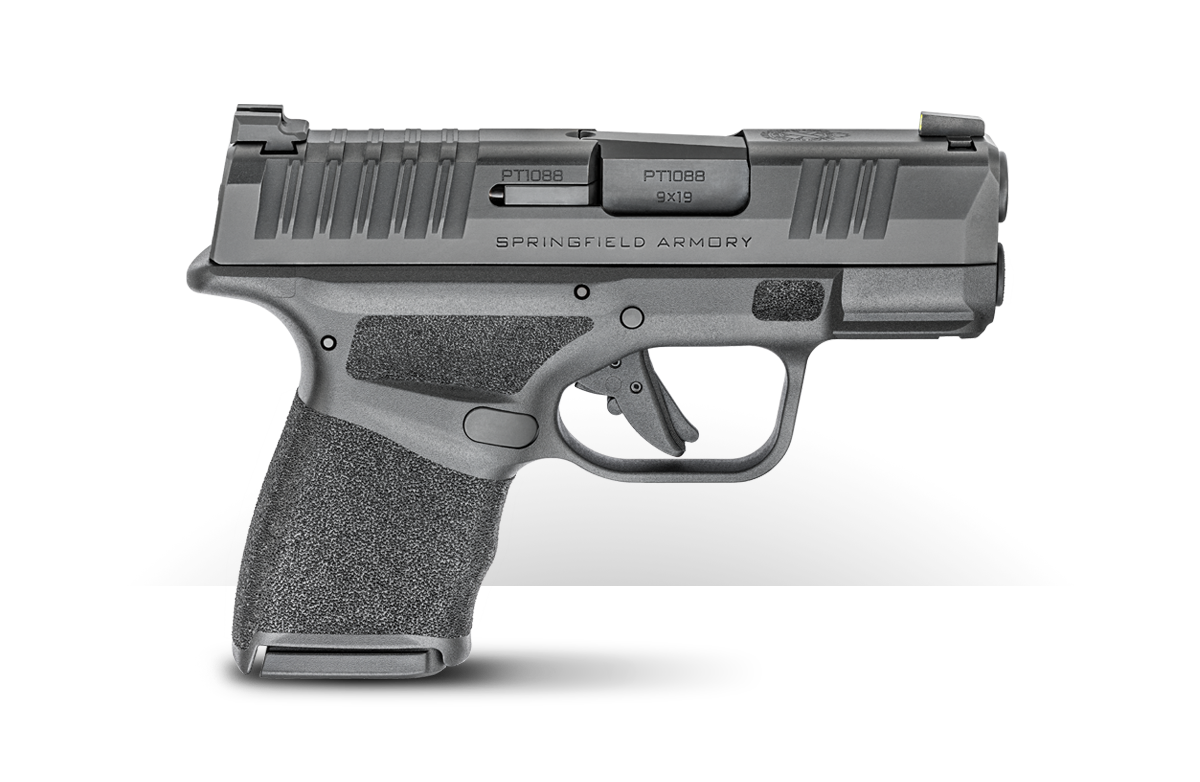
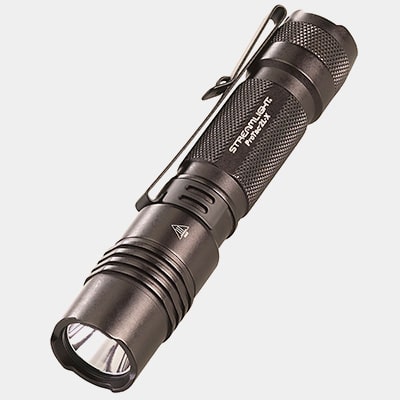
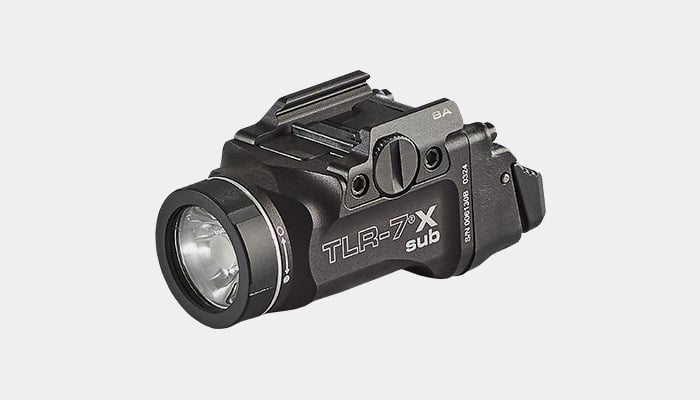
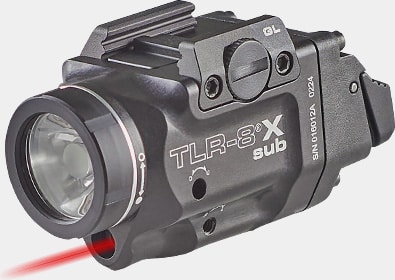




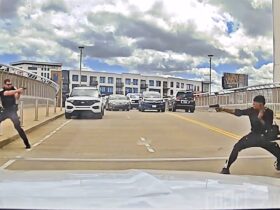
Leave a Reply